-
Alexanders,
Smyrnium
olustratum
-
known
as Horse Parsley as a child (maybe
in error).
-
-
Although
always very common in the vicinity of Mill
Hill and the Adur Levels and on Shoreham
Beach, this umbellifer may not be so
common and even absent on the
downs away from
the coast.
-
-
-
-
2022
-
-
-
-
3 September
2022
-
-
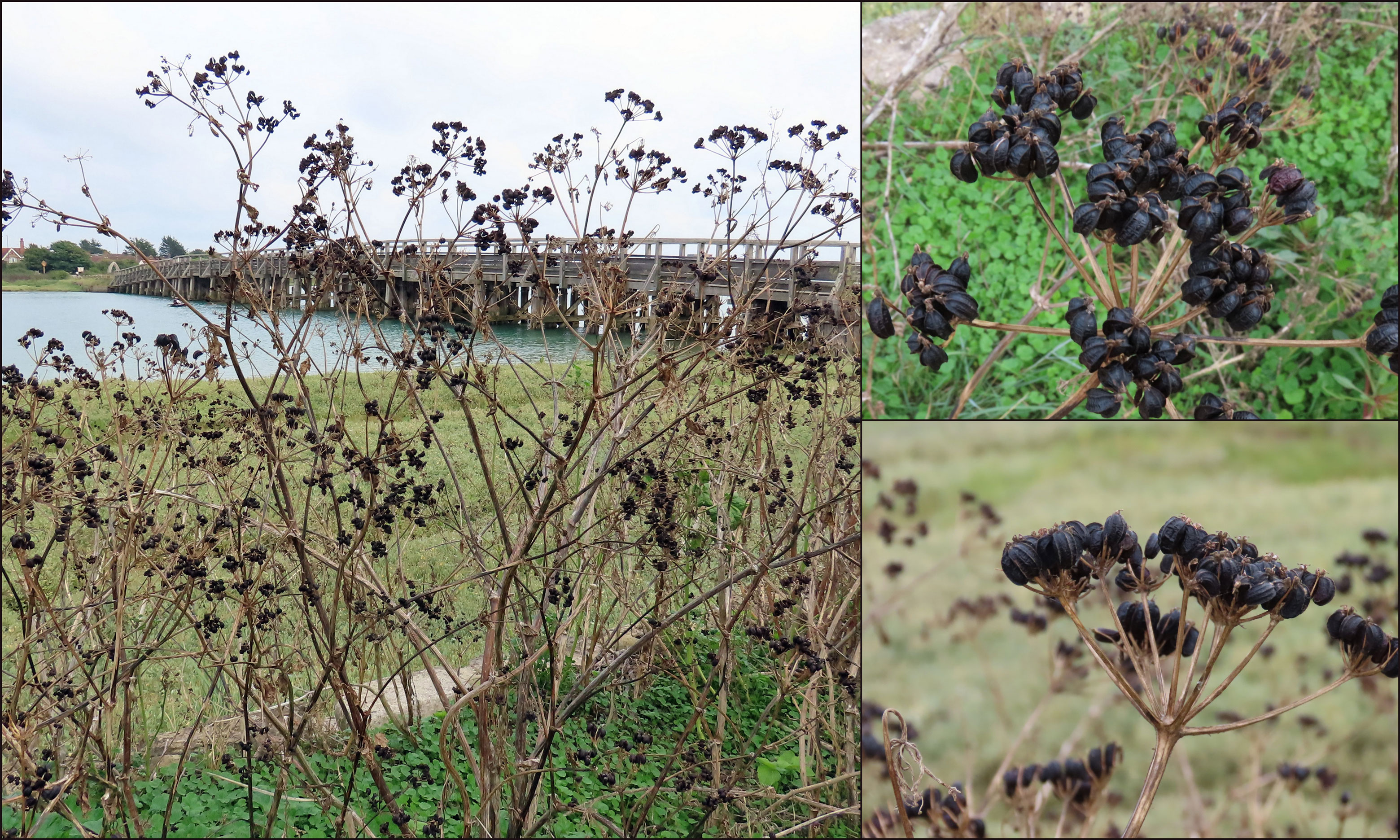
-
-
-
-
3 April
2022
-
-
.jpg)
-
-
Alexanders
near the Toll Bridge
-
30 March
2022
-
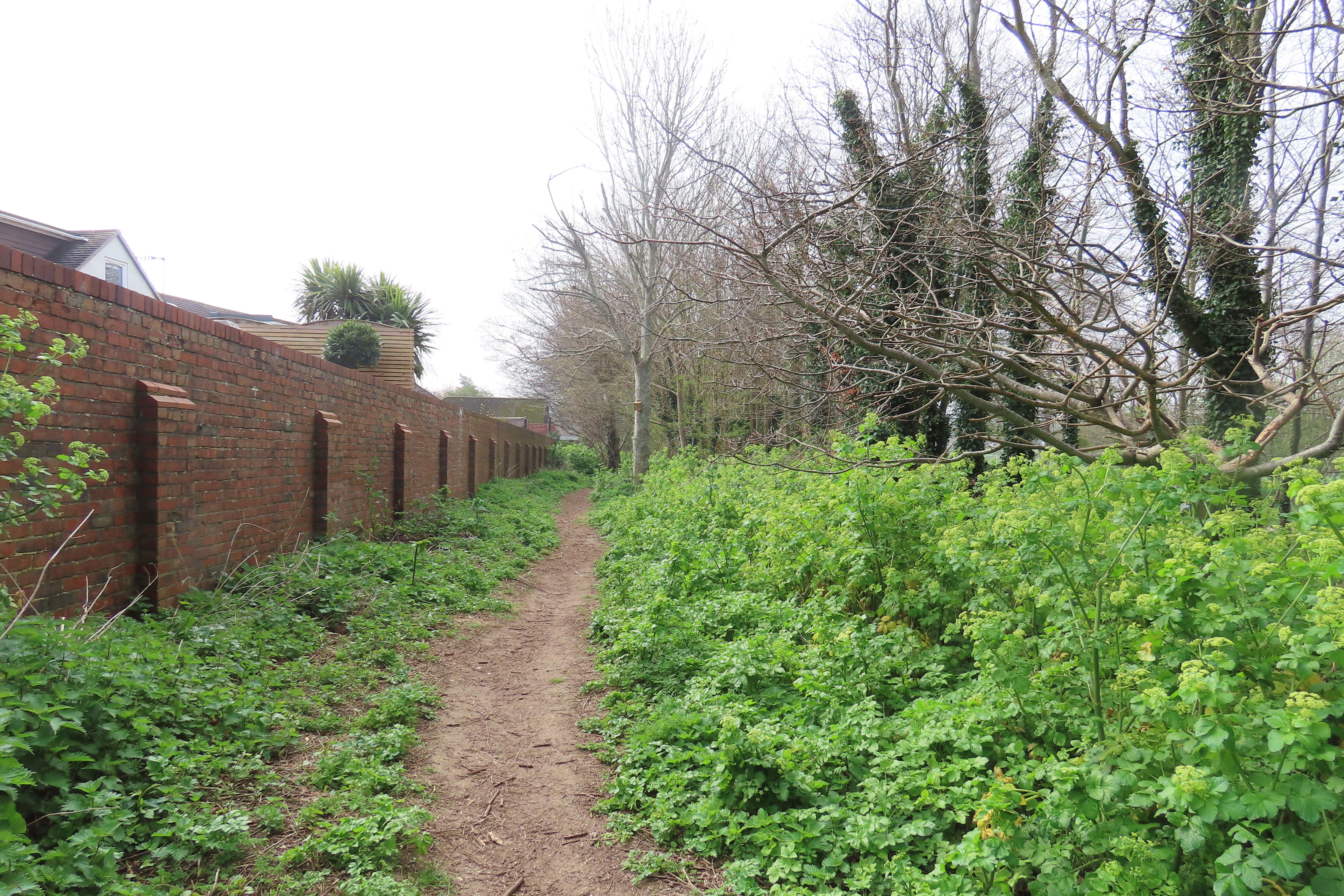
Buckingham
Park

-
Mill
Hill
-
March
2022
-
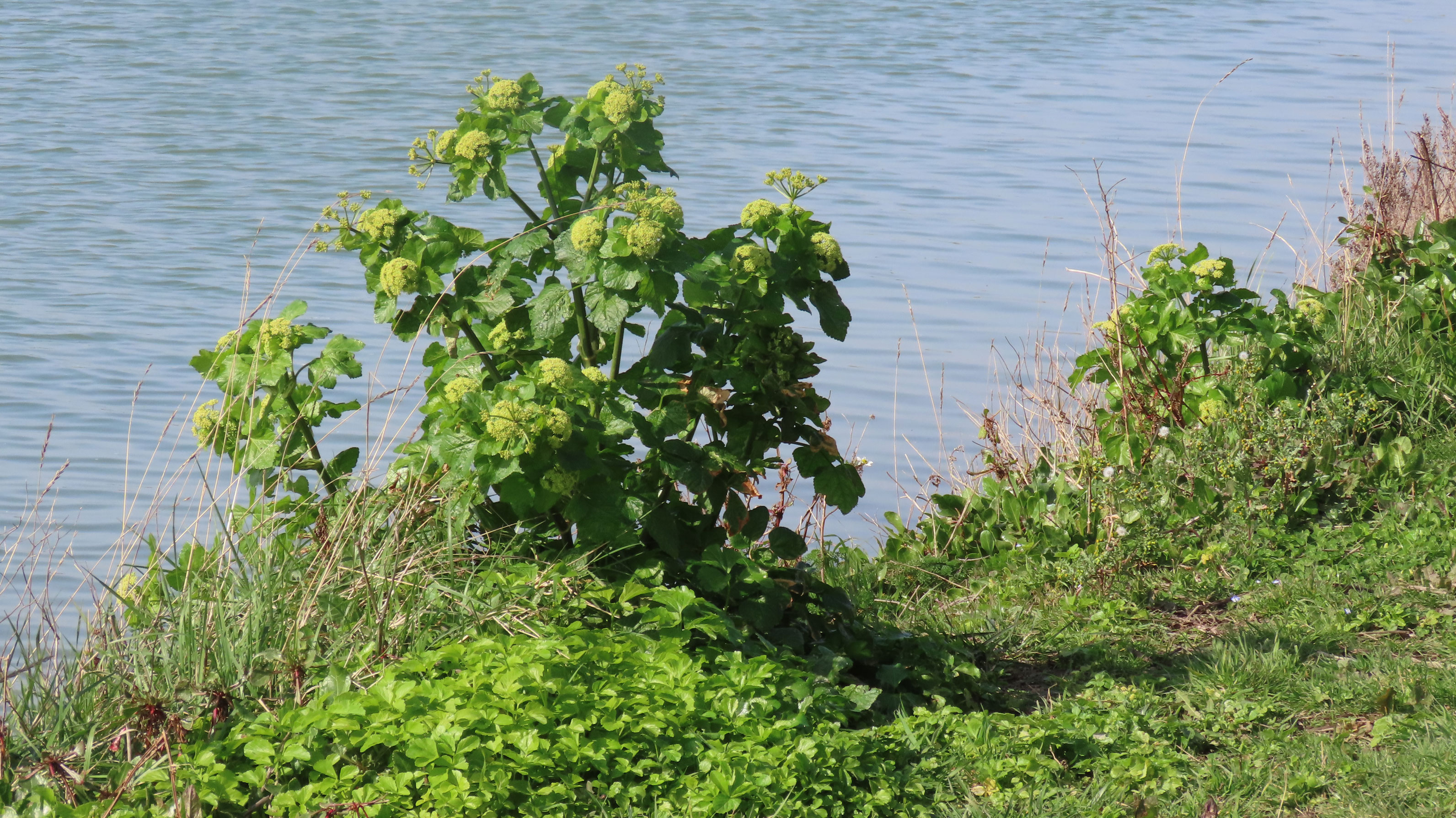
-
-
By
the Waterfront, River Adur
-
2019
25
March 2019
The
orange-coloured blisters on the underside of the leaves are caused by a
rust fungus, Puccinia
smyrnii.
Puccinia
smyrnii is a rust fungus that affects
Alexanders,
Smyrnium
olusatrum. Both surfaces of the leaves,
and the stem may be thickened and blistered by spermogonia and aecia, followed
by dark brown telia on the leaf underside. |
.jpg)
|
22
March 2019
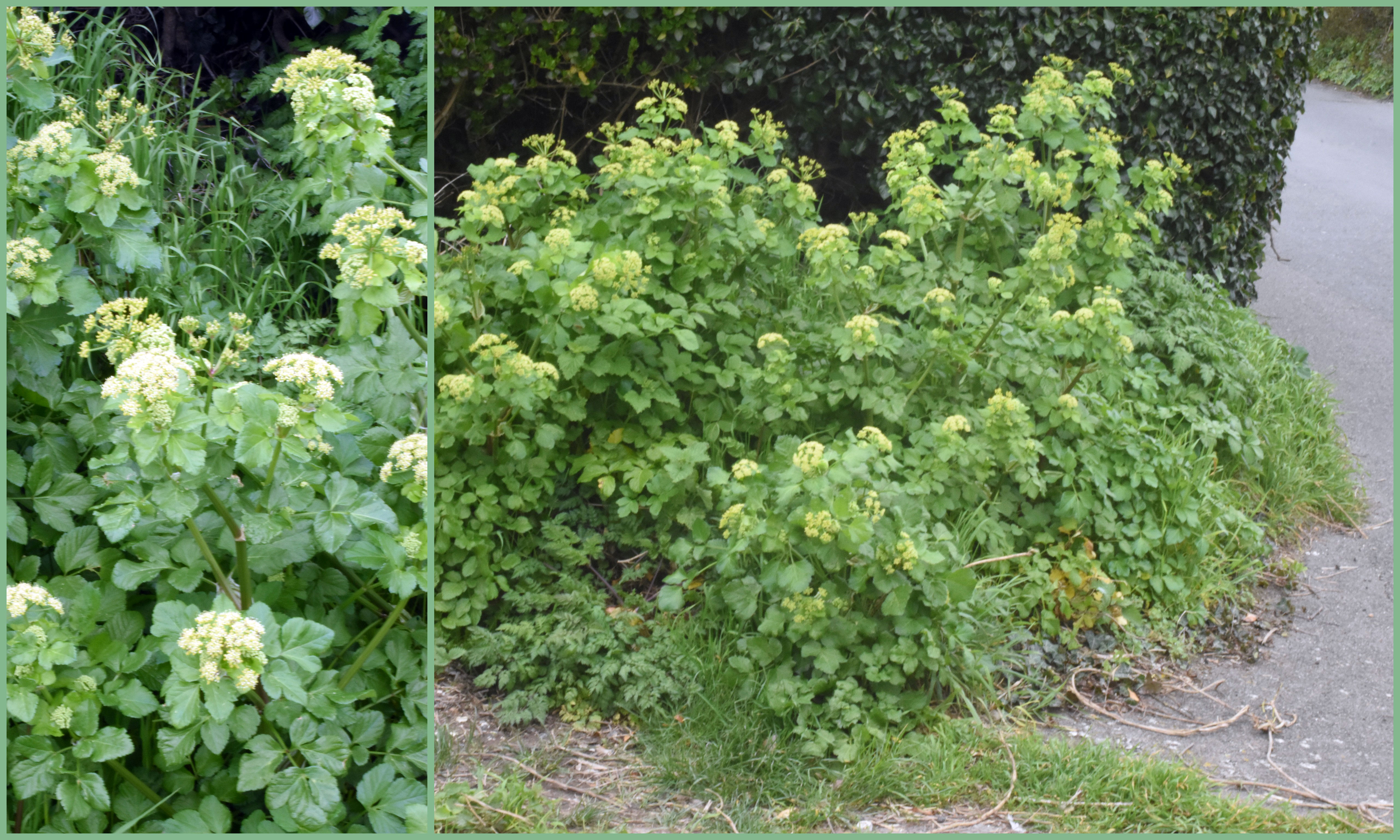
Near
Mill Hill
15
July 2017

Towpath at Old Shoreham
(north of the Toll Bridge)
Some
of the green seeds nearby may be the poisonous Hemlock Water Dropwort
11
March 2016
Alexanders,
Mill
Hill, north of Shoreham
14
December 2011
-
Flowers
observed in the wild in Old Shoreham on the edge of the Waterworks Road
included fresh-looking Alexanders.
-
-
25 April
2008
-
-

-
-
Green
Alkanet and Alexanders on the verges of the
Waterworks
Road, Old Shoreham
-
-
6 April
2008
-
-

-
-
Alexanders
covered in snow on the Adur
riverbank
2 May
2006
Alexanders
exude a strong smell. It seems rather like an unspecified synthetic chemical,
or something that could unmask unpleasant odours, being strong, but not
particularly pleasant. This may explain why it so attractive to flies
and other insects. One plant at the southern end of the Waterworks
Road (Old Shoreham) was visited by a small bee
Andrena dorsata.
Solitary
Bee Portraits
26
April 2006
This
plant, found on Mill Hill, but not very
often on the downs elsewhere, is a host of
so many insects that it has been allocated a page on its own.
Large
black
Ants and 7-spot Ladybird
British
Ants

What is it? It does not seem
to have long antennae like an ant.
Sepsid Fly (Diptera:
Sepsidae)
There are twelve
British species in the genus Sepsis
ID
by Malcolm Storey (BioImages)
on the Bees, Wasps and Ants
Recording Society Yahoo Group and by
Will
Atkinson on the British
Insects Yahoo Group
Flies:
24 April
2006
On
the
Pixie Path a small
black fly looked familiar but it was not identified.


The
orange-coloured blisters on the underside of the leaves are caused by a
rust fungus, Puccinia smyrnii.
(not illustrated)
Kew
Gardens Information File
Pixie
Path to Mill Hill
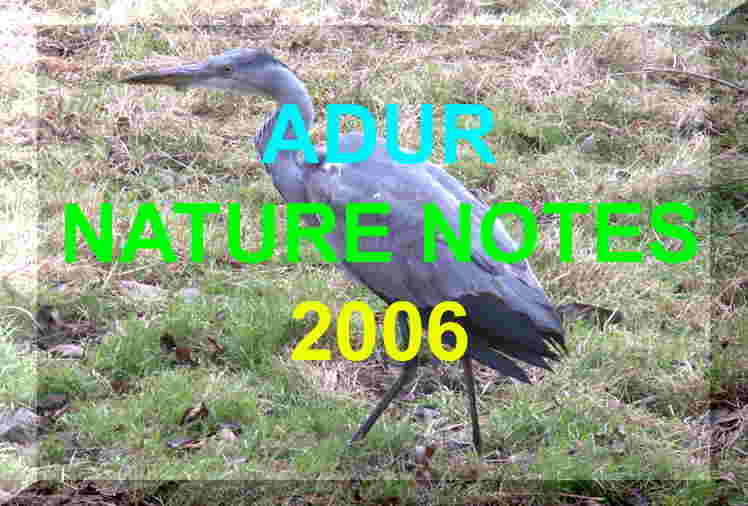






.jpg)


.jpg)

















